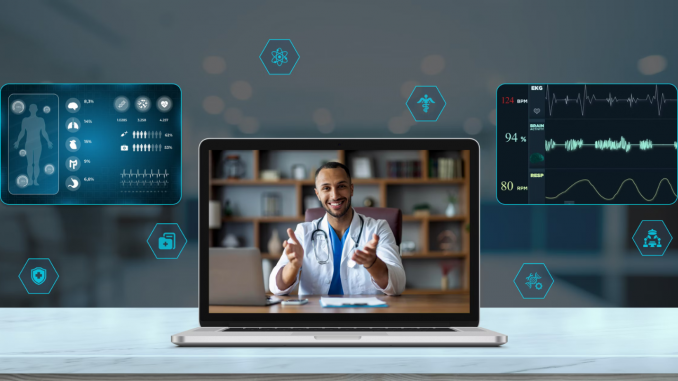
This article is reprinted from the Speak Out Now healthcare newsletter at Kaiser and Highland Hospitals in Oakland, CA.
At Highland this month, workers are all finishing up their annual mandated online competencies. There was one new slide this year, detailing the use of artificial intelligence in worker surveillance at Alameda Health System. According to the training module, BD HealthSight Diversion Management Analytics Software “utilizes machine-learning to compare a clinician’s behavior with a dynamically selected peer group and generates risk.”
Currently, nurses understand that the disposal of any unused narcotics needs to be documented with a fellow nurse as a witness. Nurses know that if they fail to document this, their charting is flagged for management attention.
It is unclear what machine-learning software will add to the process. Will a medication given late due to circumstances outside the nurse’s control be considered “risky behavior”? If a nurse is assigned to a patient with a high opioid tolerance for several shifts and correctly administers high doses of pain medication, will this bring the attention of the AI software for not matching the drug administration patterns of their peer group?
Nurses have already struggled with the introduction of AI into healthcare through AI-generated workplace acuity scores, which are often shockingly inaccurate. Introducing this new technology without input from those doing the work, especially in a way that could lead to investigation, discipline, or even a threat to their license, is deeply concerning for workers.
Nurses continuously integrate new technology into their practice, and are eager to adopt scientifically-proven advances that benefit their patients and workflow. Although artificial intelligence may be a boon for the tech industry, rushing to roll out this untested and unregulated software into patient care environments represents unnecessary risk to patients and workers.
Click here to read the article printed in the 10-01-25 Healthcare Newsletter




